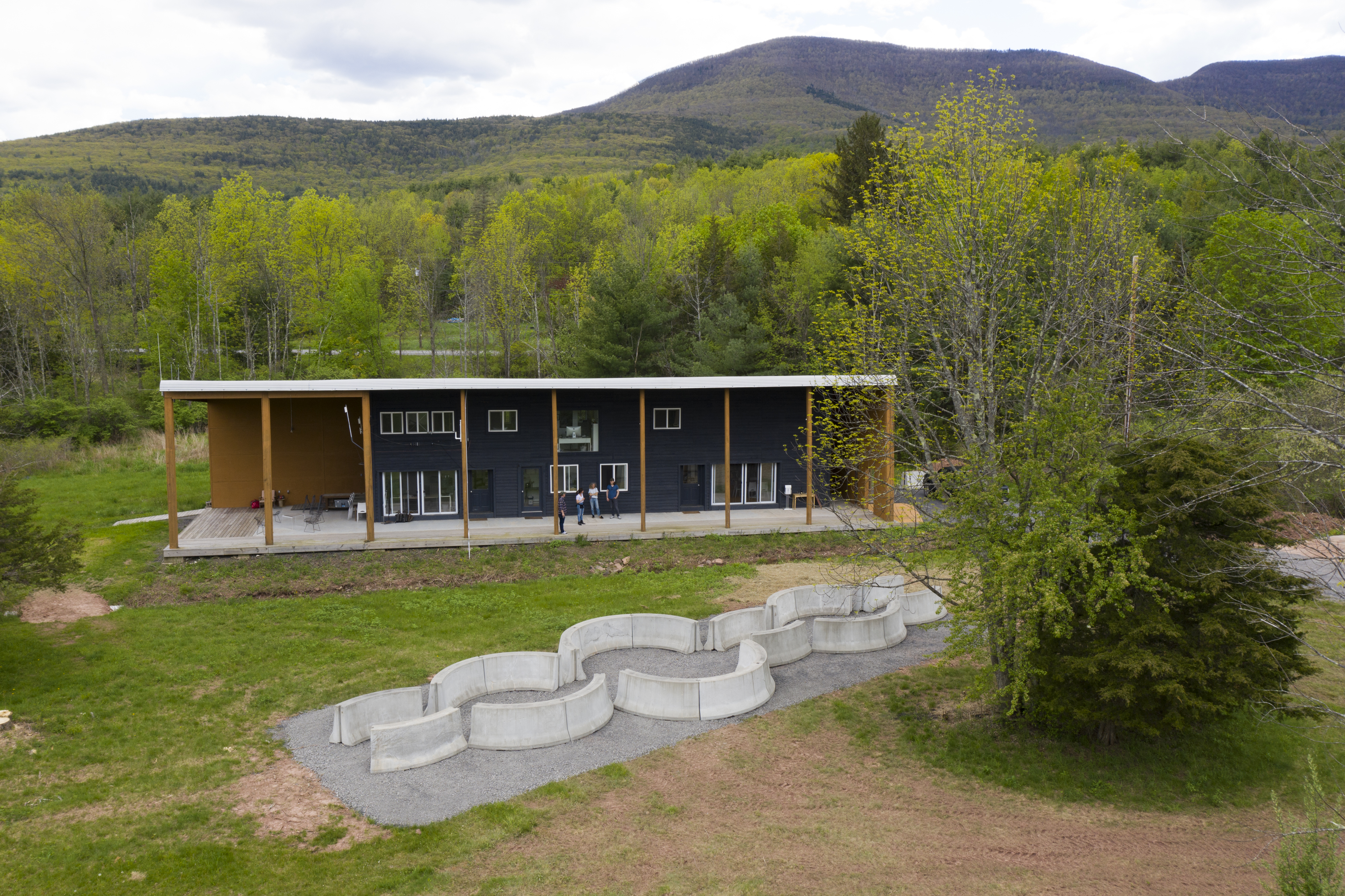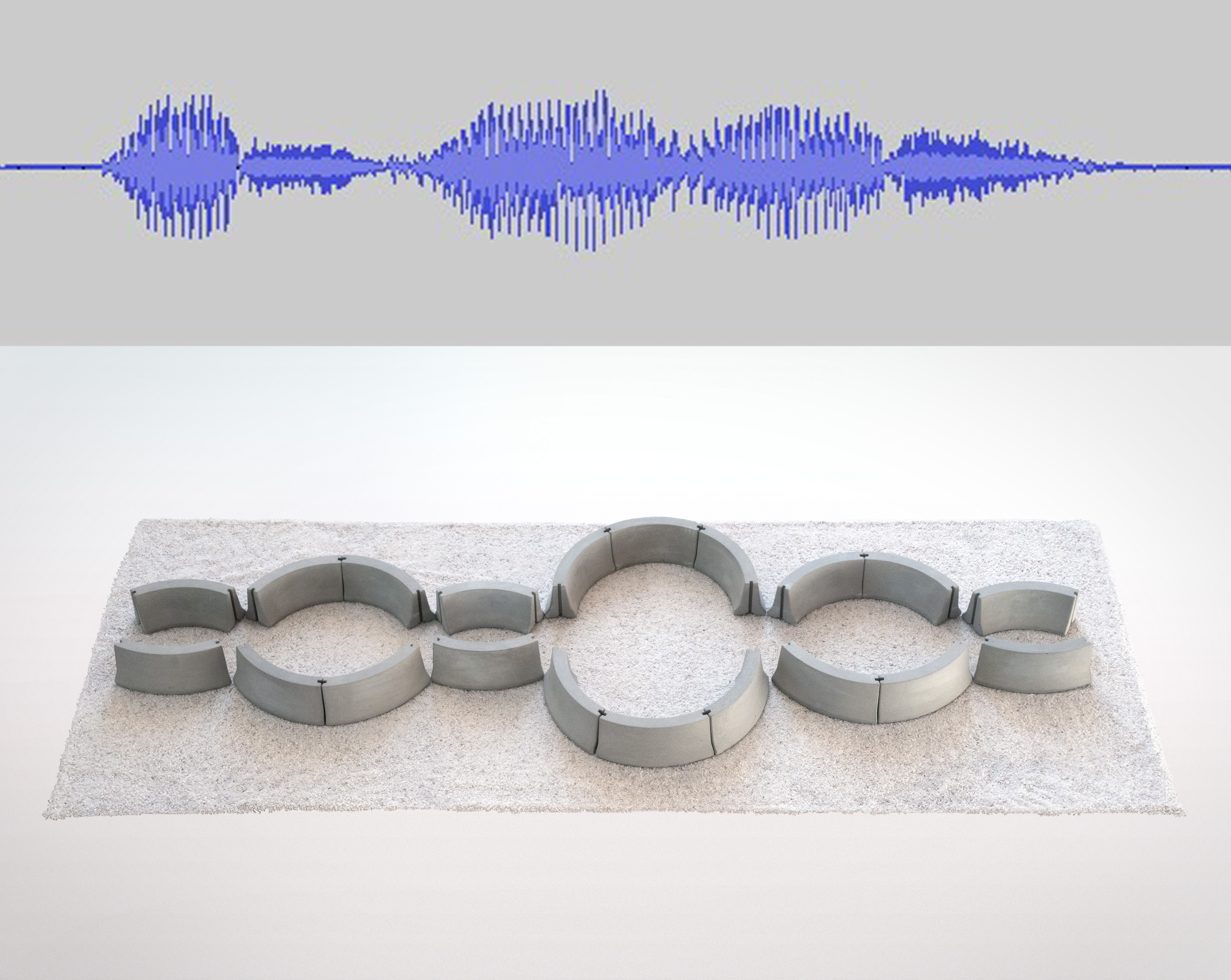Barrier
The Barrier project was originally intended as a response to the climate of fear, panic, protectionism and the imposition of perceived safety that characterized the American urban landscape during the years following the attacks of September 11, 2001. At that time the Jersey Barrier quickly became the ad hoc solution for low cost "hardening" of designated urban sites from attack. This simple form insinuated itself into the environment without grace or apology, affecting the ways in which the population was permitted to circulate. In contrast, Type A realized the Jersey Barrier’s potential for grace while maintaining its authority to dictate behavior.
Each Barrier piece is an identical, curved Jersey barrier that describes a 60º radius designed to offer flexible, site-specific installation options. Its aestheticized curved form — which does not exist in the industry — is organic, rhythmic and alluring whether installed to emphasize flow or fracture. Barrier addresses sculpture’s ability to aggressively affect the viewer's relationship to the space in which it is installed. In plainer words, Barrier blocks and hinders. It raises inconvenience to the level of ultimatum.
Previous installations of Barrier have addressed the object’s function as additive architecture, at times harmonizing formally with the structural environment in which it is installed, at other times dividing it. For the Wave Farm Barrier installation, Type A realizes a form which functions in ways that other installations have not.
Barrier at Wave Farm takes the shape of an audio waveform of S.O.S. This installation becomes a glyph, a physical representation of language. Because the barriers are fragments that have fixed size and shape, the installation is a simplified representation of this waveform, effectively transforming information into something more aesthetically driven. This loss of clarity speaks to the non-utilitarian nature of art as something that cannot — or will not — convey ideas clearly.
Installation team: KB Enterprises of Greenville, LLC.




